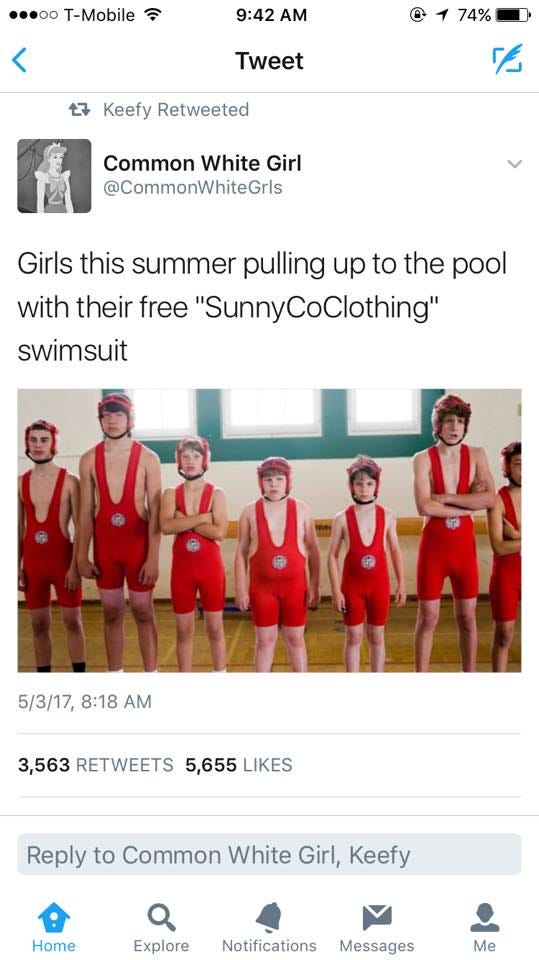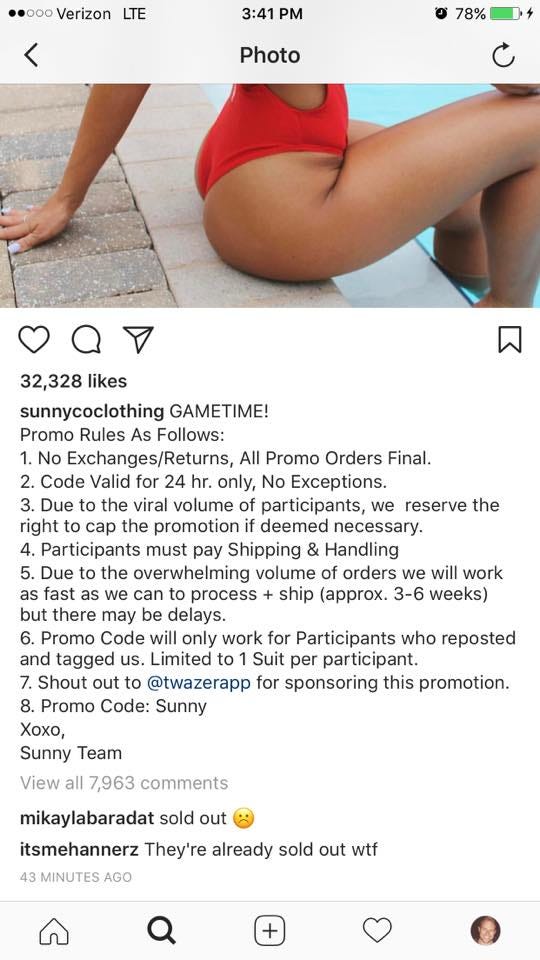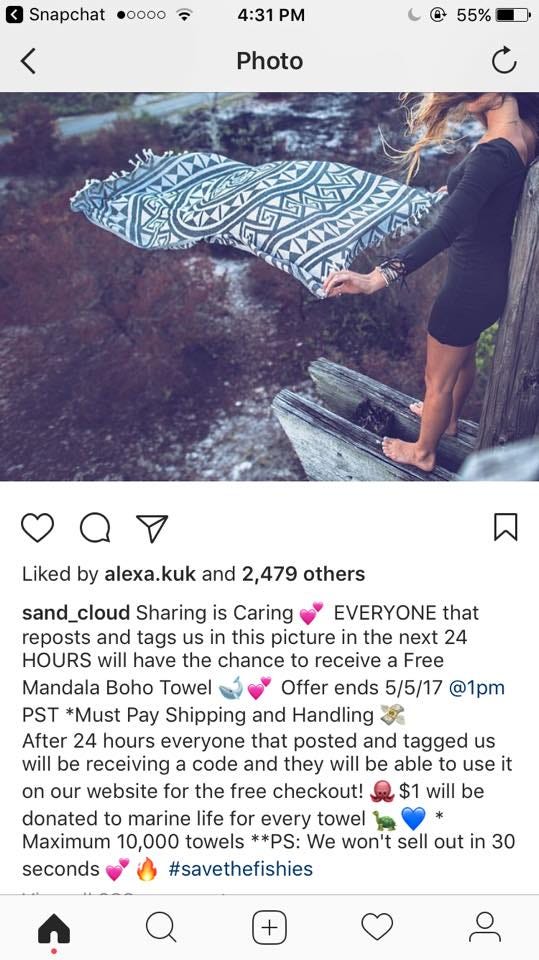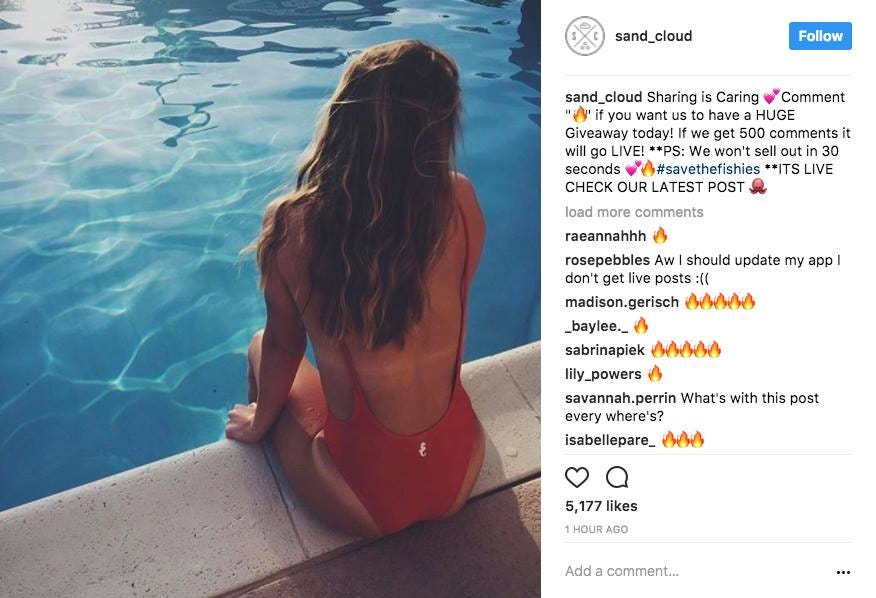If you own a small business, it seems like everyone is trying to get you to use social media. Platforms like Facebook, Instagram, and Twitter are pushing hard for small businesses to embrace social media marketing.
Digital marketing gurus are spending big money to try and get you to spend big money on their social media marketing services.
You’ve probably already dabbled with social media marketing. You might have a Facebook business page. But, in your gut, you also suspect that social media is a bit of a scam.
You’re wrong.
Social media marketing isn’t a bit of a scam. Social media marketing is a complete scam for most small and medium-sized businesses.
What Does Social Media Marketing Mean?
Social media marketing is built around the concept of creating free content to build an audience. This is a time-tested strategy. But, social media marketing breaks this otherwise effective approach.
First, when you build an audience on social media, you aren’t creating an asset for your business. You are creating an asset for the company who owns the platform. If the social media platform goes under next month, your audience goes down with it. Social media platforms can, and do, change policies on a whim. What’s free today is pay-to-play tomorrow. Facebook pulled the rug out from under businesses several years ago making it impossible to reach your fans without paying to boost your posts.
Second, social media isn’t a great vehicle for selling. Look at any think piece about how businesses should use social media, and you will find that you should do more than just share your own content. You should be seen as a trusted authority or source or entertainment. But, it’s hard to make money just by being social and leaving a good impression.
But, as a small business, you cannot effectively monetize any of those metrics.
Social media marketing won’t lead to more sales for your small business. It will suck up all of your available time and money, leaving your frustrated and ready to quit anything having to do with online marketing.
Social media marketing is about creating posts to try and drive likes, shares, comments, and follows. But, as a small business, you cannot effectively monetize any of those metrics.
Pay-per-click advertising on social media is an entirely different beast from social media marketing. Paid advertising can be effective, but paid or free content marketing on social media platforms is a horrible investment for small businesses.
How Big Consumer Brands use Social Media
Big brands like Arby’s, McDonald’s, Target, and Ford spend a lot of money on social media marketing. These are smart companies. Why would they invest in something that doesn’t work?
They don’t.
What big brands want and get out of social media is different from what you want and what you get as a small business.
One of the marketing strategies big businesses employ is investing in brand recognition. They want people to associate their brand with specific emotions, life stages, and decisions. Big consumer brands don’t care about generating sales from social media. They care about leaving an impression.
These brands can afford this strategy because of their size, the number of different markets they are in, and because they are mostly focused on consumers.
You’re Not a Big Brand
Your small or medium business is not a big brand. You don’t have the budget or timeline to slowly build a desire for your products and brand over several years. You can’t afford to invest in brand recognition because you will get squashed by the competition.
Your company isn’t a big brand. You shouldn’t waste money trying to use their marketing strategies.
You need to focus on marketing strategies and tactics that actually make a difference to your bottom line instead of focusing on metrics that flatter your ego.
Boost Profits by Making Sales Not by Leaving an Impression
How much is a like worth to your business? How about a share or a follow? Here are the results of some back of the envelope math:
Likes = $0Followers= $0
Leaving a good impression doesn’t generate one penny of revenue. If you want to boost profits, you have to sell more stuff. That’s how small businesses stay in business. They sell enough goods or services to pay all their bills and generate a level of profit.
You don’t have VCs backing you. You aren’t going to cash out in an IPO. You are going to have to get your cash the old-fashioned way, selling stuff people need or want.
While this seems like common sense, most social media marketers forget this fact. Think about what would happen if you suddenly had 10,000 real Facebook fans tomorrow. How would that affect your business?
It wouldn’t
You would still have to try and sell to those followers. How are you going to reach them? You can write a bunch of posts, but you will have to pay to boost those posts to get more than 5% of your fans to see them.
If you make all of those posts sales posts, you’ll start losing fans.
You’re in a no-win situation with social media.
No matter how much time and money you spend on social media, you still have to do the work of making a sale.
Instead of wasting your time and money on social media marketing, you should invest in three different tactics instead:
1. Paid advertising on social media platforms2. Long tail SEO3. Direct response email marketing
The exact way you deploy these tactics will vary depending on the specifics of your business. Business to business companies have different sales funnels than consumer-focused companies.
But, these tactics will help you connect with people eager to buy from you, and not just people looking to fill their feed with interesting articles.
Paid Advertising on Social Media Channels is Different
The real social media gold for small and medium businesses is in paid advertising. Writing and boosts is a slow, expensive, and inefficient way to attract paying customers.
Paid advertising cuts right to the heart of the matter. You get to ask your ideal customer directly to do something. It might just be to click on a link, but, it gets them off of social media and onto your website where you control the terms of engagement.
The biggest advantage of social media advertising is you can micro-target. You want to appeal to a very narrow set of people. When you use micro-targeting, it’s easy to talk directly to their needs. The customer can feel that you speak their language. They are excited to see how you can deliver the one thing they most want or need.
Paid advertising should be used to send customers to a specific landing page, and not just your website. You want to send them to a place where they can buy a specific product or service, or you want to send them to a landing page where you can capture their email address in return for something of value.
Advertising leads to direct sales, or it allows you to build a list of contacts that you can continue to market to, through methods you control like physical mail or email.
Paid social media advertising is one of the best ways to rapidly drive sales. Most businesses can see significant results in spending as little as $5 a day in social media advertising. But, you will have to invest time and money into testing ads and audiences. Paid advertising isn’t a silver bullet, but unlike social media marketing, it does deliver real results and generates a measurable return on investment.
Using Long tail SEO
Paid advertising is excellent for driving traffic and generating fast sales in the short term. But, if you want to build your business for the long term, you need other tools.
Long-tail SEO can provide you with small, steady profits that gradually increase the longer you are in business.
The goal with long-tail SEO is that you are driving organic traffic from search engines to your product or service pages. People who are looking to buy what you’re selling will find you. Long-tail SEO isn’t sexy like social media marketing. It takes hard work and a lot of patience. But, it delivers.
Long-tail SEO is about creating thousands of sales pages on your website that each generates a little bit of money each month.
Advantages of Direct Response Email Marketing
Email marketing is the most cost-effective form of digital marketing. It costs almost nothing to send an email campaign. When done right, you can generate thousands or tens of thousands of dollars just by sending out an optimized sales sequence to your list.
But, for this tactic to work, you have to build a high-quality list of prospects and customers, and you need to master direct response marketing.
Direct response marketing means that you ask your prospect to take a specific, measurable action. It might be buying something. It might be signing up for a free webinar.
The goal is to persuade your prospect to take one action that brings them closer to making a purchase.
Direct response marketing is a multi-billion-dollar subspecialty of marketing. It works.
When you combine paid advertising, long-tail SEO, and direct response email marketing you turn your small or medium business into a selling powerhouse.
None of these steps are easy. But, they are all simple. You will see results with each one, even before you have mastered the tactic. Each of these tactics makes it easy for you to measure your results. You can easily calculate your return on investment.
This is critical because you need good data to run effective experiments.
You only have so much time as the owner of a business. Don’t waste a second of it on social media marketing.
Instead, focus on marketing that gets results you can measure. Focus on tactics that put money in your pocket through sales instead of tactics that give you a dopamine hit from likes and shares.
You can’t pay bills with dopamine.











